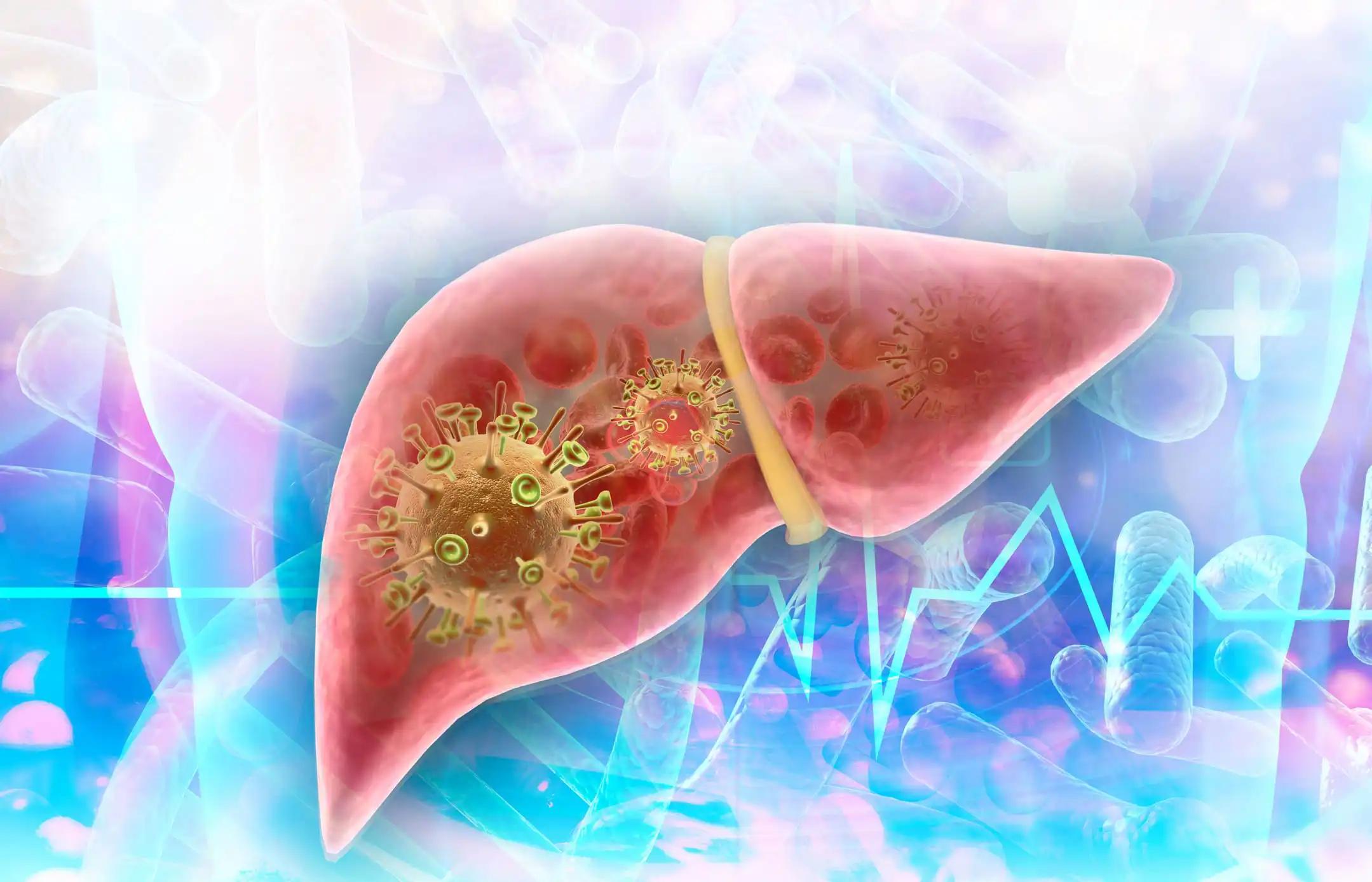KEY TAKEAWAYS
- The study aimed to investigate the mechanisms driving microvascular invasion in HCC to understand its progression and prognosis.
- Integrated multi-transcriptomics analysis identified MVI-related cells in HCC and developed a supportive prognostic model.
Microvascular invasion (MVI) is a critical pathological feature of hepatocellular carcinoma (HCC), associated with poor prognosis, early recurrence, and metastatic spread. The exact mechanisms driving MVI’s development and progression are still unclear.
Haoran Huang and the team aimed to examine the mechanisms behind MVI in HCC to better understand its onset and progression.
Researchers downloaded bulk RNA-seq data from TCGA and HCCDB, single-cell RNA-seq data from GEO, and spatial transcriptomics data from CNCB. Using the Scissor algorithm, they identified prognosis-related cell subpopulations and a specific MVI-related malignant cell subtype. They conducted pseudotime analysis and cell-cell communication studies on these cells.
A prognostic model based on MVI-related genes was created using 101 algorithm combinations integrated by 10 machine-learning algorithms with the TCGA training set. The model was rigorously evaluated using internal and external validation sets, employing C-index, calibration curves, and decision curve analysis.
The results showed that malignant cells correlated positively with MVI and were mainly found in early to middle stages of differentiation, which linked to poor prognosis. These cells exhibited significant enrichment in the MYC pathway and engaged in extensive interactions with various cell types through the MIF signaling pathway. Validation in spatial transcriptomics data confirmed the association between malignant cells and the MVI phenotype.
The developed prognostic model demonstrated high sensitivity and specificity, outperforming most previously published models. Calibration curves and decision curve analysis highlighted the model’s clinical utility.
The study used integrated multi-transcriptomics analysis to identify MVI-related malignant cells and their biological functions. These findings offer new insights for managing hepatocellular carcinoma, with the prognostic model providing valuable support for clinical decision-making.
This work was supported by the National Natural Science Foundation of China (82072663, SL).
Source: https://pubmed.ncbi.nlm.nih.gov/39176099/
Huang H, Wu F, Yu Y, et al. (2024). “Multi-transcriptomics analysis of microvascular invasion-related malignant cells and development of a machine learning-based prognostic model in hepatocellular carcinoma.” Front Immunol. 2024;15:1436131. Published 2024 Aug 8. doi:10.3389/fimmu.2024.1436131



